Pima Air & Space Museum, Tucson, AZ.
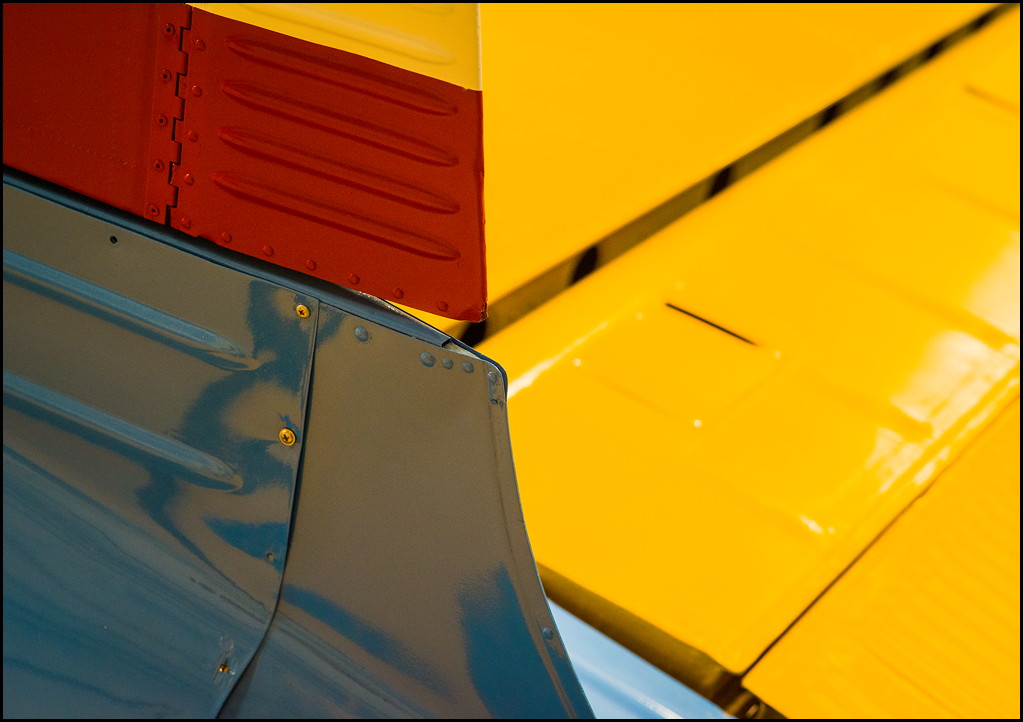 Pentax K-1, 1.8/77mm SMCPentax
Pentax K-1, 1.8/77mm SMCPentax


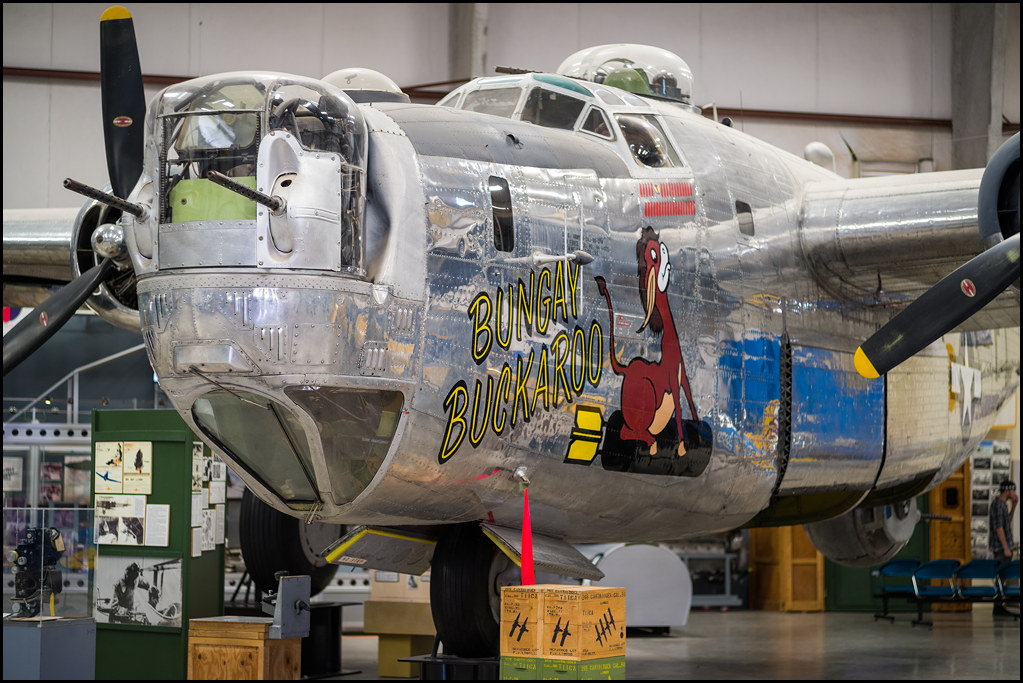
Blohm und Voss Bv138, known as the "Flying Clog" - see here: https://en.wikipedia.org/wiki/Blohm_&_Voss_BV_138Father in law's picture taken while progressing through Northern Germany (I think) either on or towards the Elbe.
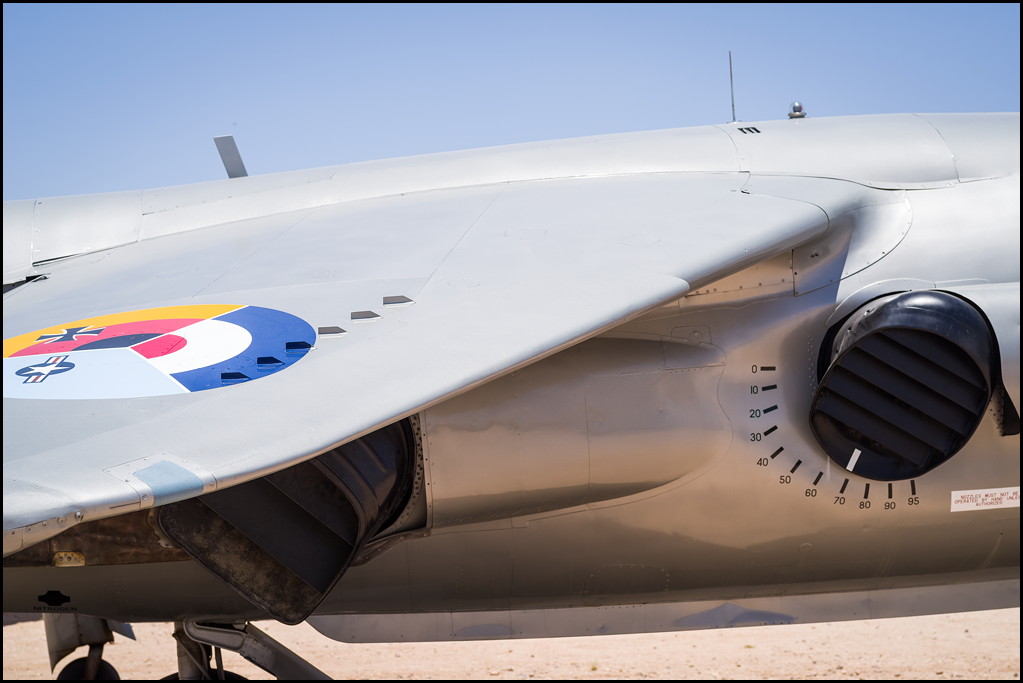
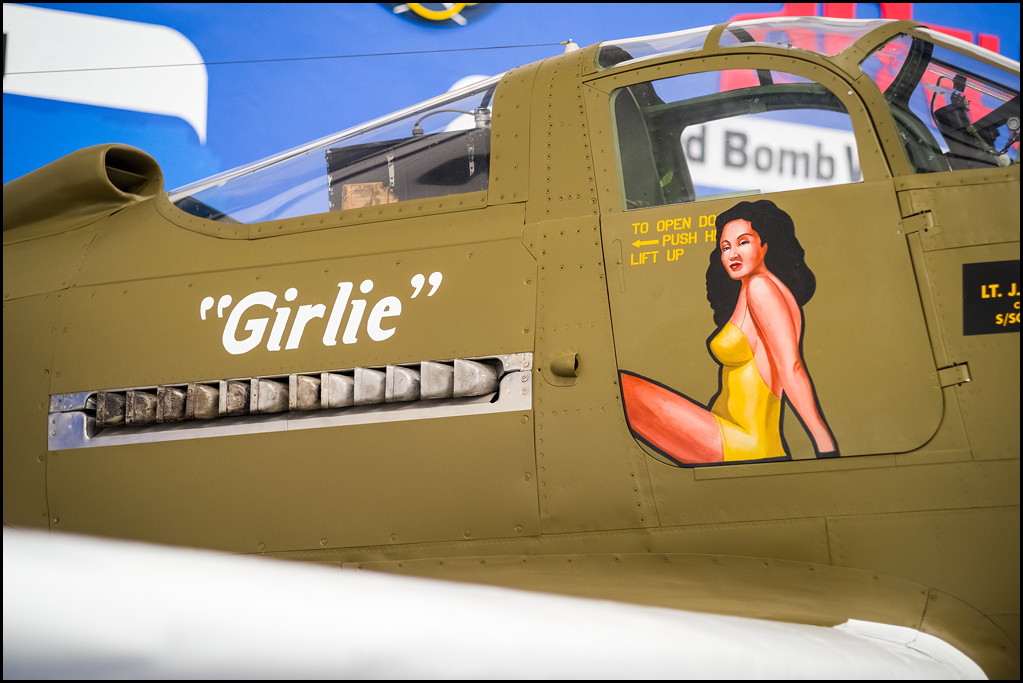
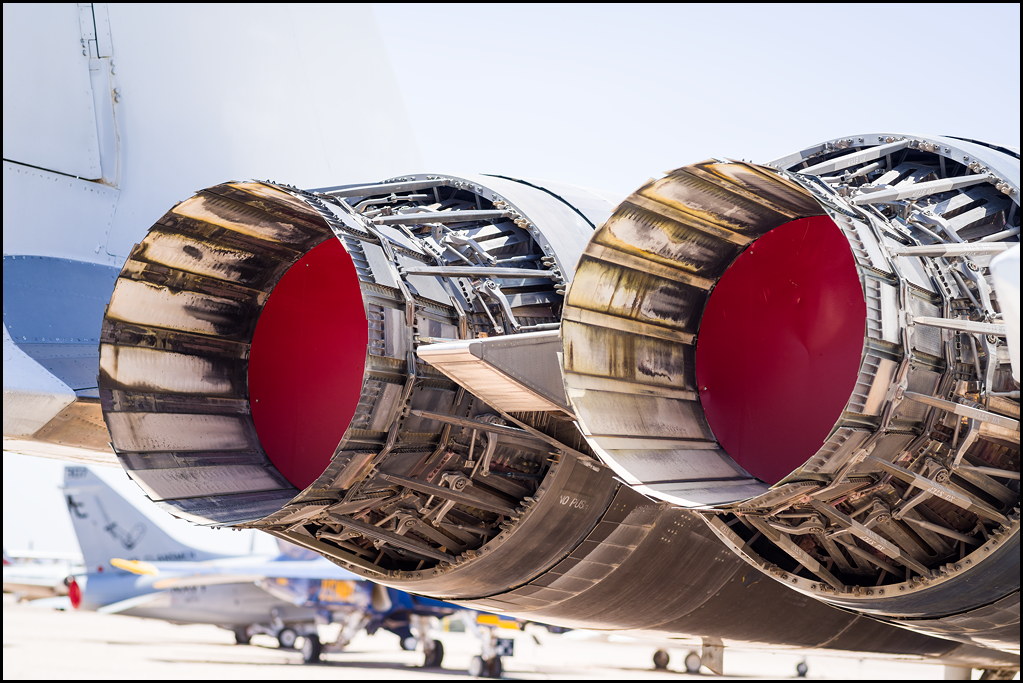
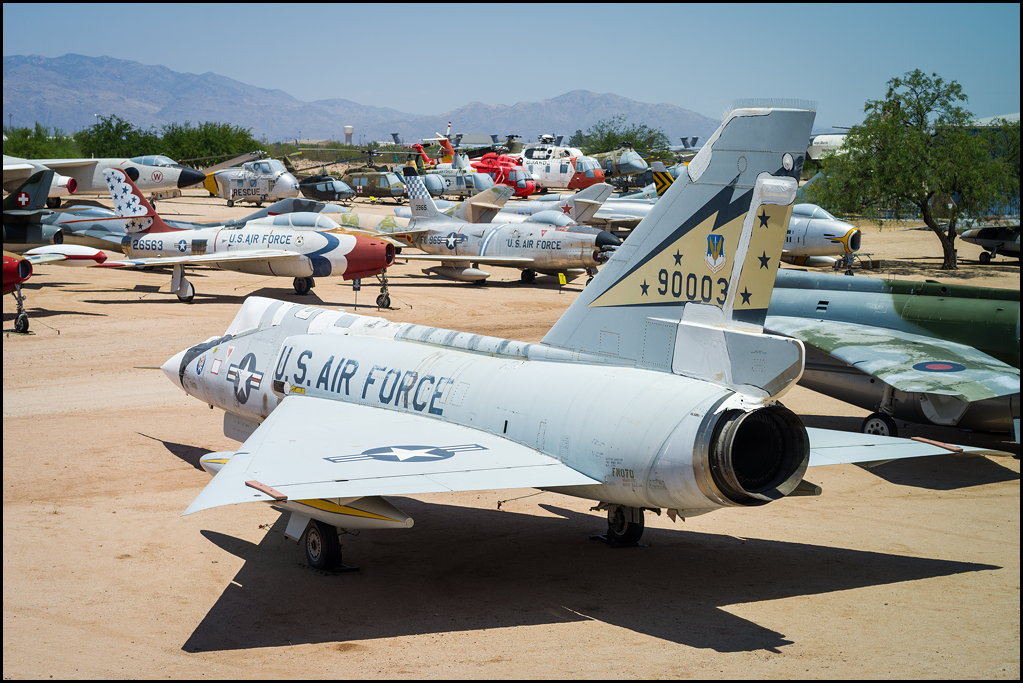

Thanks for the comment... Sounds like a fine childhood experience! In the mid-60's I was stationed at a NATO joint airbase near Izmir Turkey. The base was home to a US squadron of F100 SuperSabres but the Turks bought a batch of F104 Starfighters that were brought in as knocked-down kits aboard an aircraft carrier. It was able to park close enough to shore that these could be trucked the short distance to the airbase hangars. They were there assembled, test flown, and delivered to Türk Hava Kuvvetleri (air forces). The civilian pilots had fun on their test flights, could be fun to watch. I just provided weather info. On the final delivery flights the Turks did not really like foreign civilians flying their new Turkish-marked warplanes to their destination but had no real choice. So the THK flew their old F86 Sabrejets as "escort" to ensure good behavior! Well, sometimes the delivery F104 would pull straight up after takeoff leaving the armed F86 far below. These were tricky aircraft to maintain, as I understand, and within a year or two most Turk 104s were out of service." Doug" , love the back stories to these aircraft , my father flew CF-104 Starfighters in Germany in the middle to late 60's for the RCAF at 4 wing .
As a kid I used to sneak up to the end of the runway and wait for them to take off with full afterburner , you had to be there to know what an experience that was !


 20170516-_MG_8302.jpg by Steve Gumbiner, on Flickr
20170516-_MG_8302.jpg by Steve Gumbiner, on Flickr
